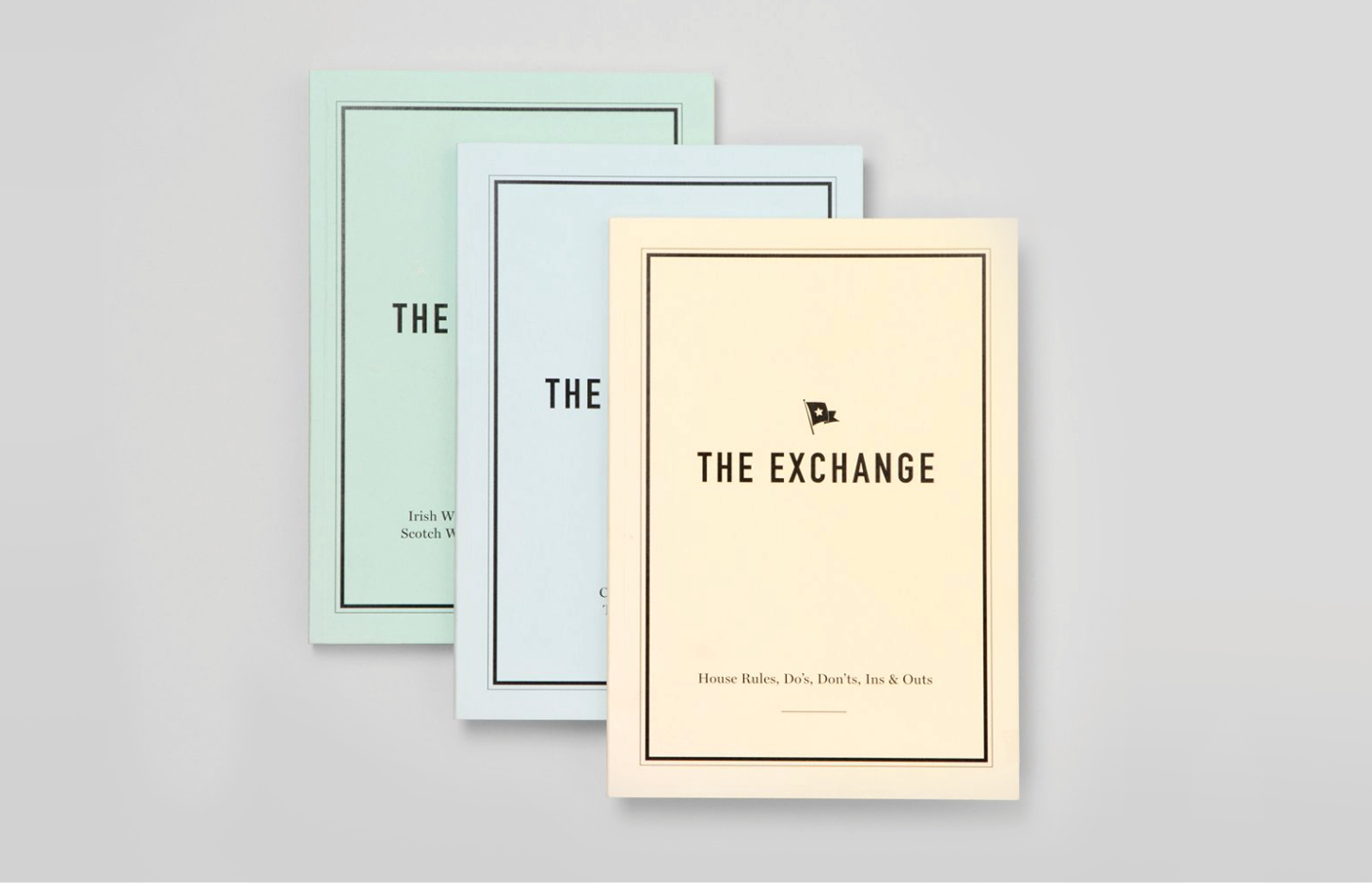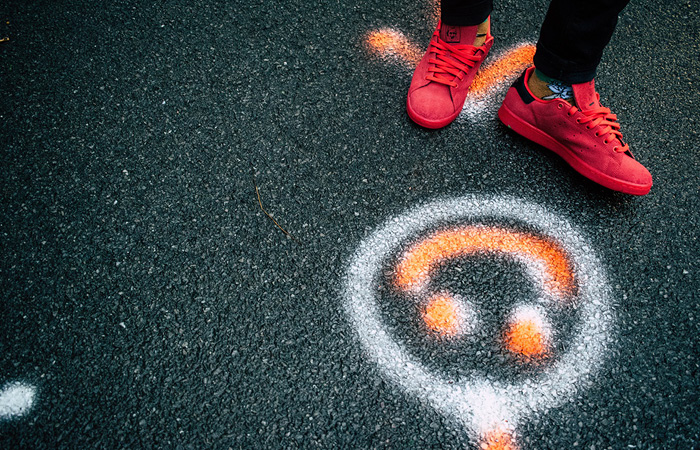ARTICLE / THE MAKING OF... SERIES
The making of...
Gnista
Like us, I'm sure many of you out there have seen a downward trend in alcohol consumption. In contrast, the low/no-alcohol category is seeing a major uplift and is forecast to grow 31% by 2024. To find out more, we attended an industry deep-dive event, ‘Thirsty Business’, and this is where we met Erika Ollén, founder of Swedish non-alcoholic label Gnista.
Series
The making of... Series
Tags
Entrepreneurial
Start up
As you might tell from our work we have a love affair with food and beverage brands. So when we first came across Gnista, we were super excited to find out more. In this interview with Erika, we first asked how the idea was born.
Back in ‘15, I teamed up with Thomas Adner who had just launched a non-alcoholic drink brand. It was gaining serious traction when Seedlip launched. What happened next defines Gnista’s story.
Seedlip and the following ‘me-too’ labels all had one thing in common; None of them tasted like a spirit as we knew it – a challenging liquid with bite, complexity, and an intense roundness from the nose to the lingering sensation long after you’ve swallowed. Instead, they were talking to the wellness crowd with a fresh, botanical, soft on the palate, and calorie-free taste.
However, we knew there was a growing crowd out there who cared about their drinking experience - people who loved to celebrate and hang out with friends over cocktails but might want to skip alcohol (for the night or forever). Gnista was born out of the sense this group deserved a non-alcoholic spirit that actually resembled a fine spirit.
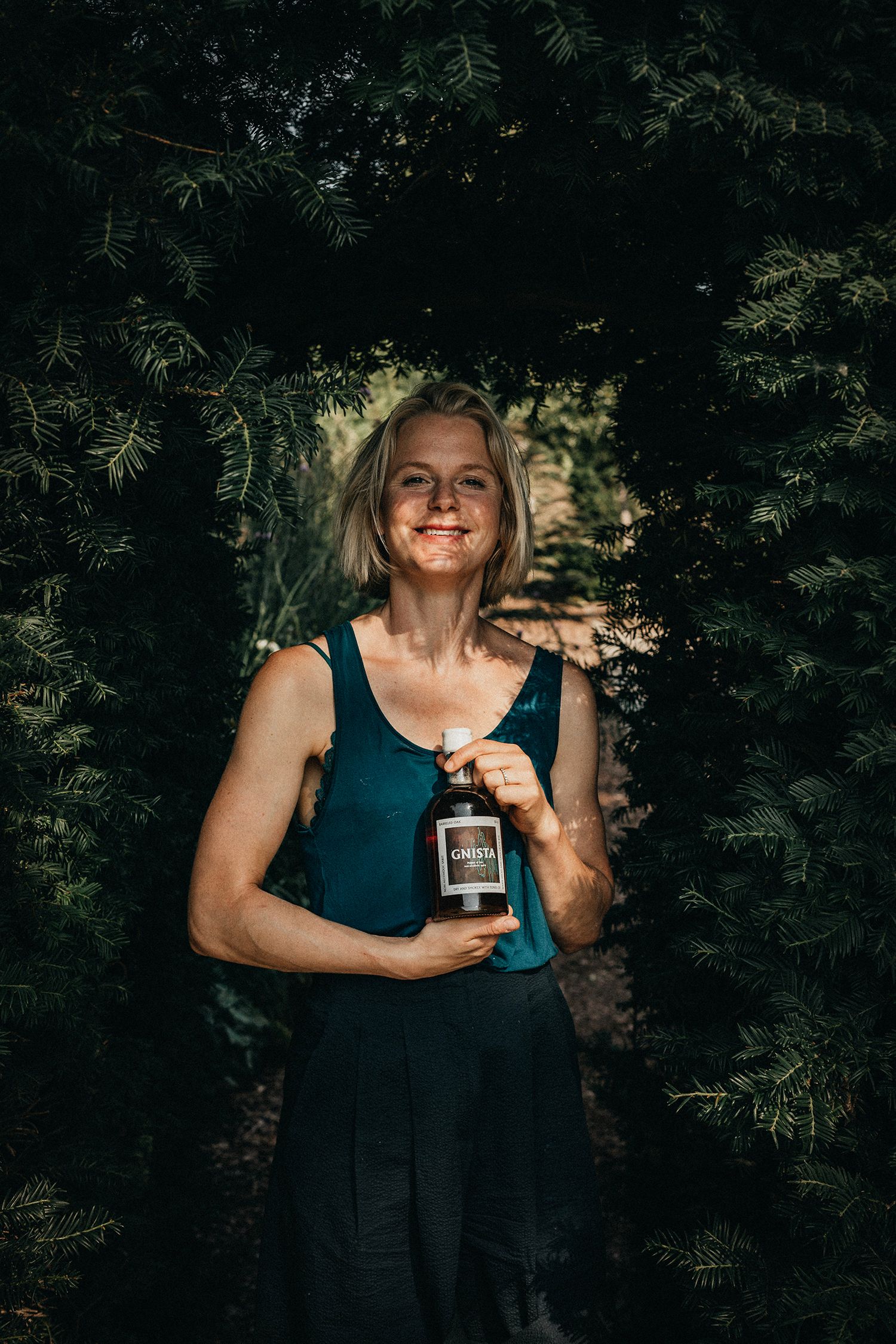
Erika Ollén, Founder of Gnista
As an agency that has worked with a lot of bartenders and brand ambassadors over the years, we can definitely relate to this. Can you tell us what research you did to arrive at what you've got now? How did you test your product-market fit?
We asked Scandinavia’s best bartenders and industry experts, ‘What characteristics should a non-alcoholic spirit definitely have?’ Based on their answers, we found there was a need for two different yet complementary liquids. One, bitter with lots of tannins and a floral-herbal character (like amaro/vermouth). The other, smoky, dry and with a prominence of oak and warm spices (akin to whisk(e)y/rum).
So now you have your flavour cues, how did you go about testing? Which product came first and what were the first batches like?
We started with Floral Wormwood before launching Barreled Oak. Our first batches were EXTREMELY uneven. Like all produce, our ingredients reflect the regions and seasons they’re harvested. For example, a spring rhubarb contains less sugar and more acidity than a late summer one. They also reacted in not-so-logical ways. This meant flavours varied between batches. To overcome this, we teamed up with master blender Fredrik Beskow. With a palate out of this world, Fredrik makes sure Gnista’s small, hand-crafted batches maintain quality and stability over time.
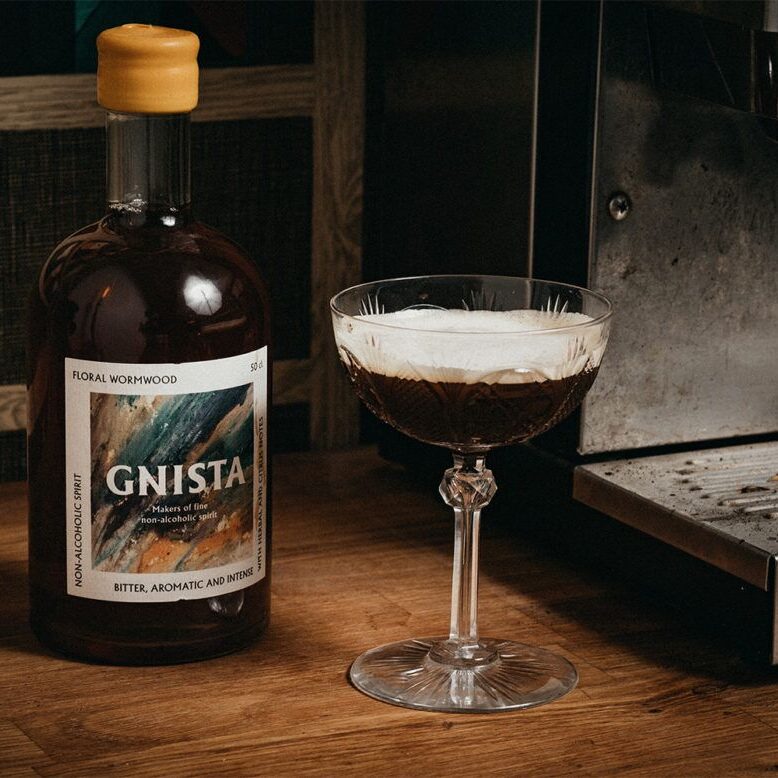
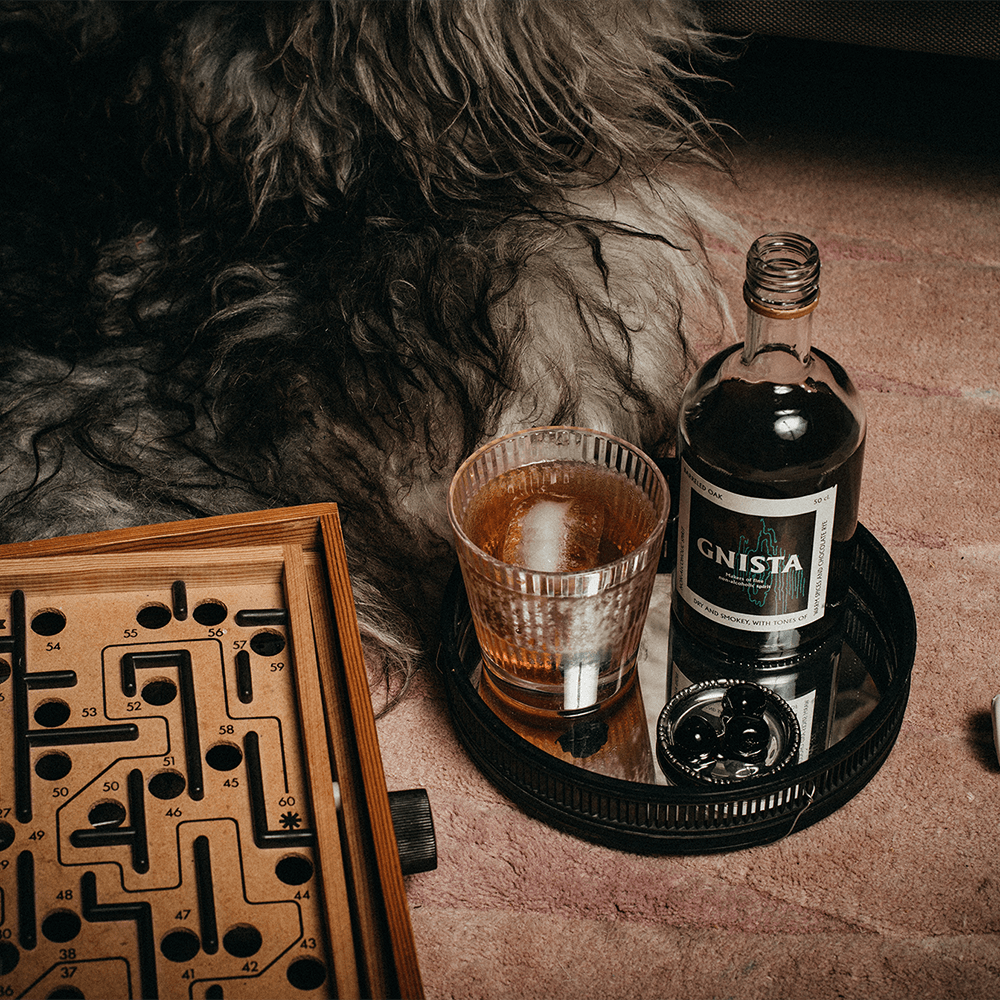
After finalising the products and finding yourself a master blender, how did you fund Gnista?
Gnista was bootstrapped, but now we’re at a point where we need to scale the brand so we’re talking to potential partners who can help us grow.
Tell us about your branding process. How did you arrive at where you are today with Gnista?
Unlike other labels, we don’t talk about mindfulness, health, or calories. We challenge the bizarre relationship society has with drinking and together with the guys at ODD Company, we created a brand universe based on Scandinavian senses of equality and irony.
We love equality and irony in a brand. Now the branding has been ticked off your list, how are you getting the word out there?
We’re growing organically, through word-of-mouth and taste. ODD Company helped us create some great campaigns that went ballistic (for example Sober Party animal, a job advertisement that went viral in early 2020). We’re big on seeding, posting bottles to bartenders, no/low influencers and other industry folk. People active in the no/low space are also extremely dedicated. So, we scale Gnista together with partners who love our product and share a similar mission.
Finally, what’s the biggest challenge you think you'll face moving forward?
Scaling at a good pace and within our own fund constraints. It’s challenging planning production and making prognoses at this point with markets still opening up. But we’ll get there.
